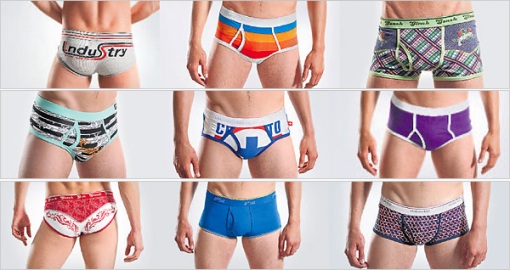Last week, MediaPost ran an article about the double-digit increase in the home gardening sector. This is a bright spot, but not altogether unexpected given the seismic cultural shifts toward self-sufficiency, consumer basics, and spending more time at home.
What is interesting is how quickly companies are jumping on this bandwagon. Last night, Home Depot ran a primetime, network ad that featured all of the ways in which Home Depot can help you with your gardening. Hedgeclippers, lawnmowers, fertilizer and, of course, vegetable plants. What struck me was how much airtime the $3.49 container of tomato plants got. It’s obviously not their big ticket item but it does reposition Home Depot to be in the consideration set for home gardeners.

This morning, MediaPost ran an article on Campbell’s Soup. Campbell’s is running a promotion called “Help Grow Your Own Soup” (HGYOS), with the goal of growing one billion tomatoes. They’re doing this by making their tomato seeds available to the public through a code-redemption promotion. They are also raising money for agricultural education and helping create five community gardens.
This is a well-planned reinforcement of Campbell’s persona as a downhome brand, one that’s nourishing and good for families. It also squarely re-establishes itself as an essential pantry basic so parents will keep stocking their pantries with Campbell’s, even when making those tough grocery budget decisions. Nice work staying relevant, Campbell’s.
If these initiative work as I am expecting, be on the lookout for more Green marketing initiatives around home gardening. I’m sure Target, K-Mart and food manufacturers will continue this trend throughout the spring.


